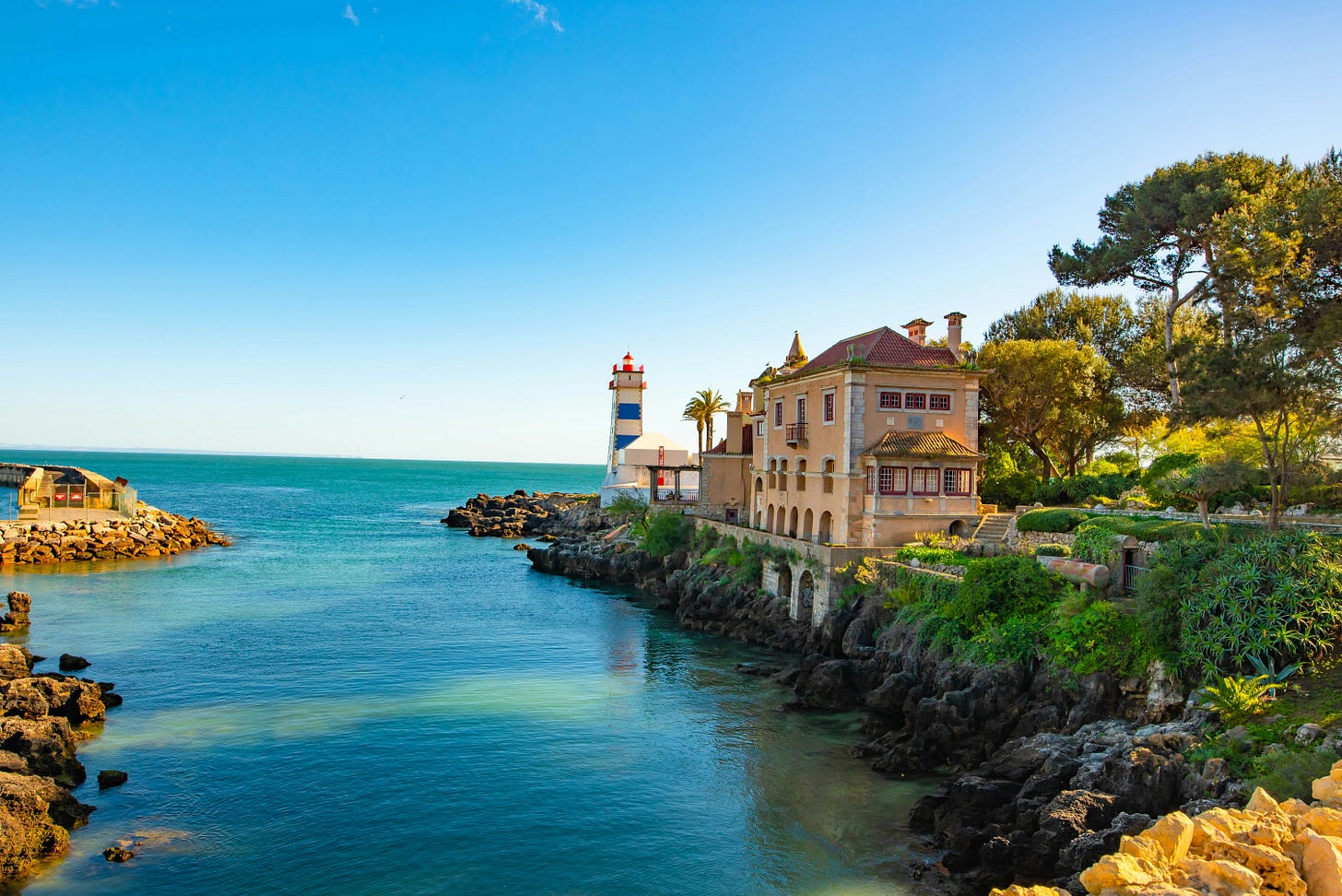Housing market hits new record growth
House prices accelerated in 16 of the 24 municipalities with more than 100 thousand inhabitants, with the municipalities of Santa Maria da Feira and Cascais showing the largest increases.

Portugal’s residential property market has entered uncharted territory.
In the first quarter of 2025, housing prices recorded an unprecedented 18.7% year‑on‑year increase, the sharpest growth since the National Statistics Institute (INE) began monitoring in 2019.
The surge highlights not only an overheated market but also growing strains on affordability across the country.
The median price per square meter for family homes climbed to €1,951, up from €1,065 just five years ago.
Compared to the previous quarter, prices rose another 4.3%, signaling no slowdown despite global economic uncertainty.
Analysts say the data confirm what residents and buyers have been feeling for months: housing costs are climbing faster than wages, leaving many locked out of home ownership.
Regional leaders and laggards
Greater Lisbon retains its position as the nation’s most expensive market, with Lisbon city (€4,492/m²) and Cascais (€4,477/m²) topping the list, followed by Oeiras (€3,983/m²), Porto (€3,066/m²) and Odivelas (€3,048/m²).
In contrast, the Beiras e Serra da Estrela region remains Portugal’s most affordable, with homes averaging €698/m².
INE data show the boom is not confined to the usual hotspots.
All 26 NUTS III sub‑regions posted annual price gains.
Alto Alentejo stood out with a stunning 51.6% rise, while Alto Tâmega e Barroso, with a still‑strong 4.5%, recorded the smallest increase.

Municipal hotspots
Sixteen of the 24 municipalities with populations above 100,000 saw price acceleration in early 2025.
Among them, Santa Maria da Feira surged by 27%, with Maia (22.7%), Guimarães (22.7%), and Vila Nova de Famalicão (22.6%) following closely. Oeiras registered a 21.4% jump.
These areas, often on the outskirts of major cities, are increasingly targeted by buyers seeking alternatives to the costliest urban centers.
The report also notes that foreign buyers tend to pay considerably higher prices in Portugal’s property market: “In the first quarter of 2025, the median price of family homes sold in Portugal to buyers with tax residency abroad was €2,573/m² (up 14.5% from the same quarter a year earlier), while the median for transactions involving buyers with tax residency in Portugal was €1,931/m² (up 19.5% year‑on‑year).”
Particularly noteworthy is the fact that “in the Greater Lisbon and Porto Metropolitan Area sub‑regions, the median price (€/m²) of transactions carried out by buyers with tax residency abroad exceeded, respectively, by 52.5% and 32.3%, the price of transactions by buyers with tax residency in Portugal,” underscoring the impact of foreign investment in the most sought‑after areas.
Industry observers say this demonstrates sustained international appetite in the national market.
More sales despite higher prices
Nevertheless, the market’s resilience is evident in sales volumes.
The number of transactions rose 24.9% year‑on‑year, with 40,163 family homes changing hands.
Though down 9% from the previous quarter, typical for seasonal trends, the overall activity level underscores robust demand, both from those buying homes to live in and investors looking for returns.
Experts warn that this rapid growth raises important questions about sustainability.
“These figures reflect a market driven by strong demand and limited supply,” one housing analyst told ECO, noting that the combination is leaving many households priced out.
Housing advocates argue for urgent government measures to expand affordable housing and curb speculative investment.
While Greater Lisbon, the Algarve, Madeira, and the Porto area dominate headlines, the widespread nature of the increases shows that price pressures are no longer an exclusively urban phenomenon.



